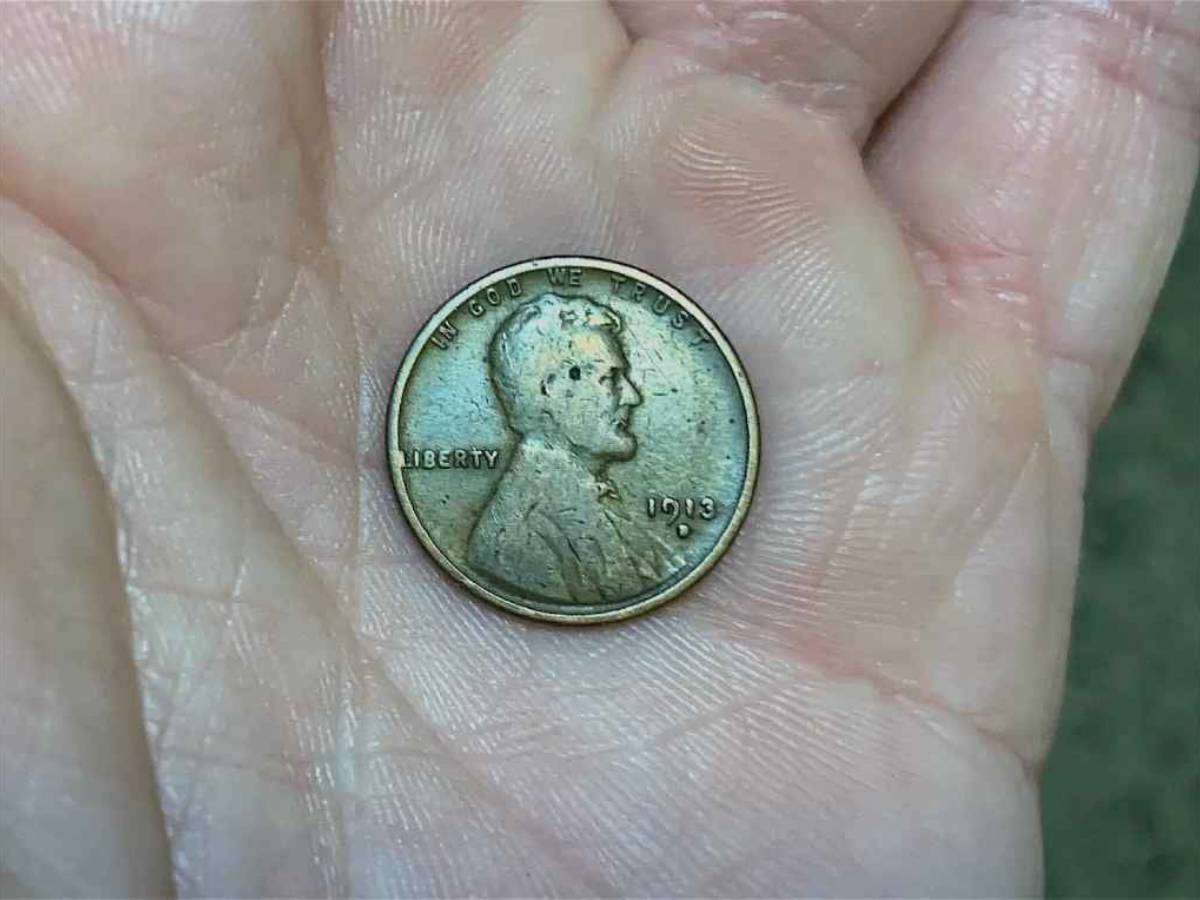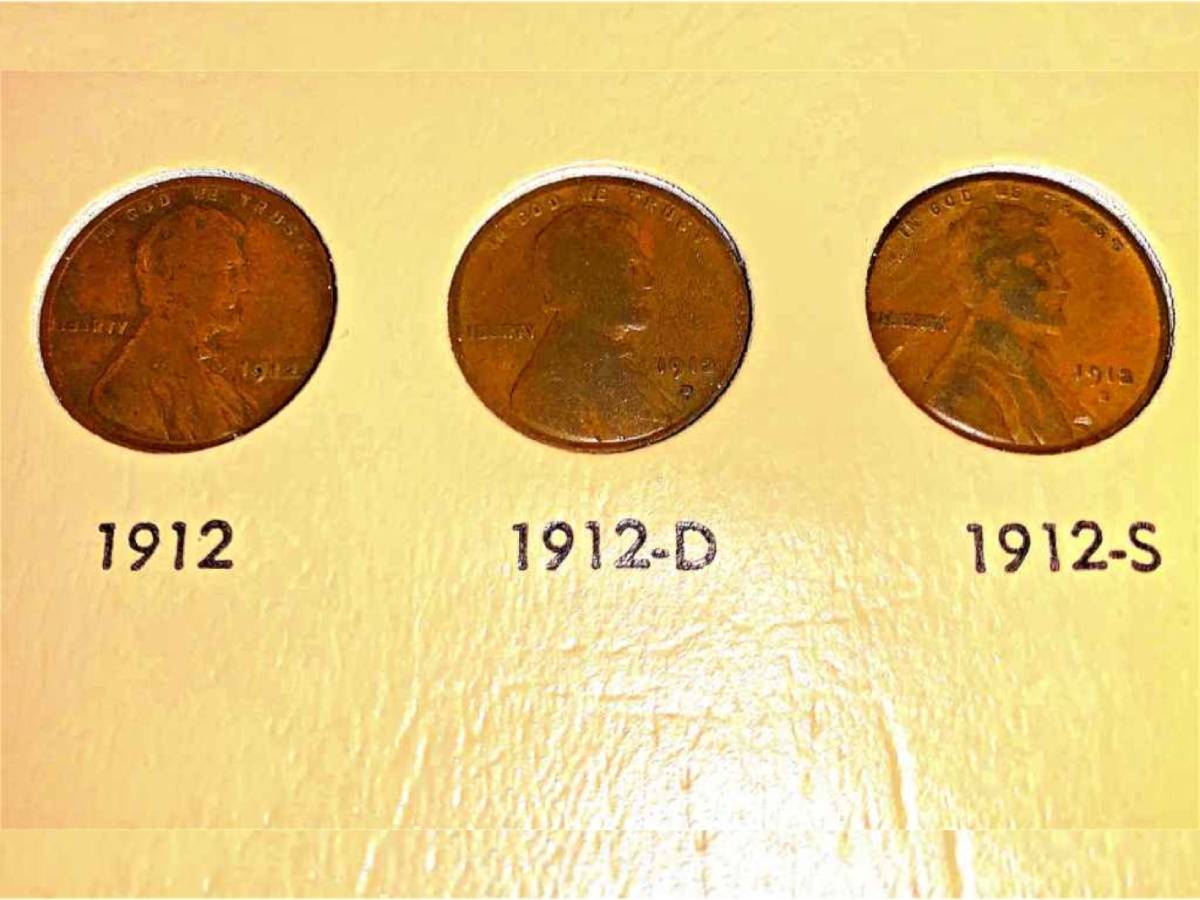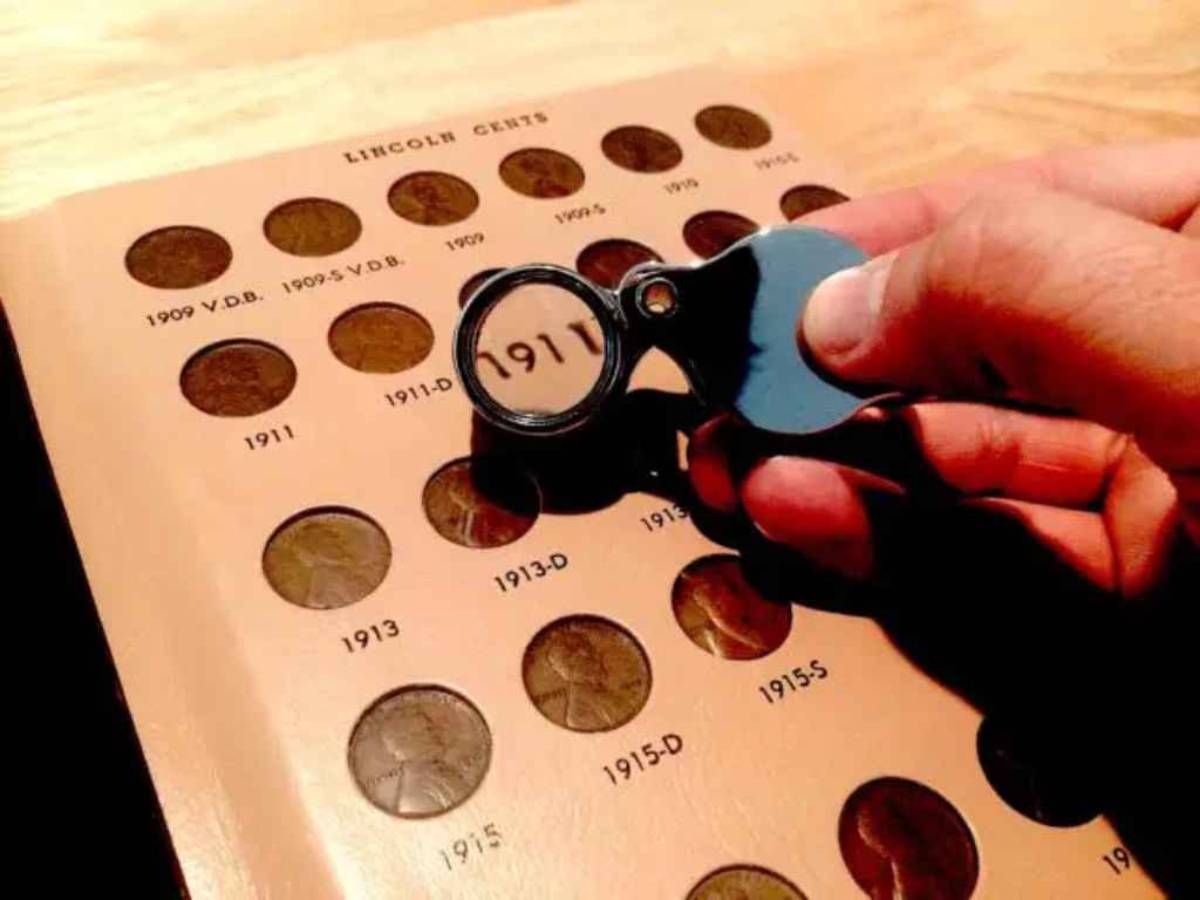Have you heard of Henning nickels?
I have, and I was shocked to find out what they are — or rather what they’re NOT!
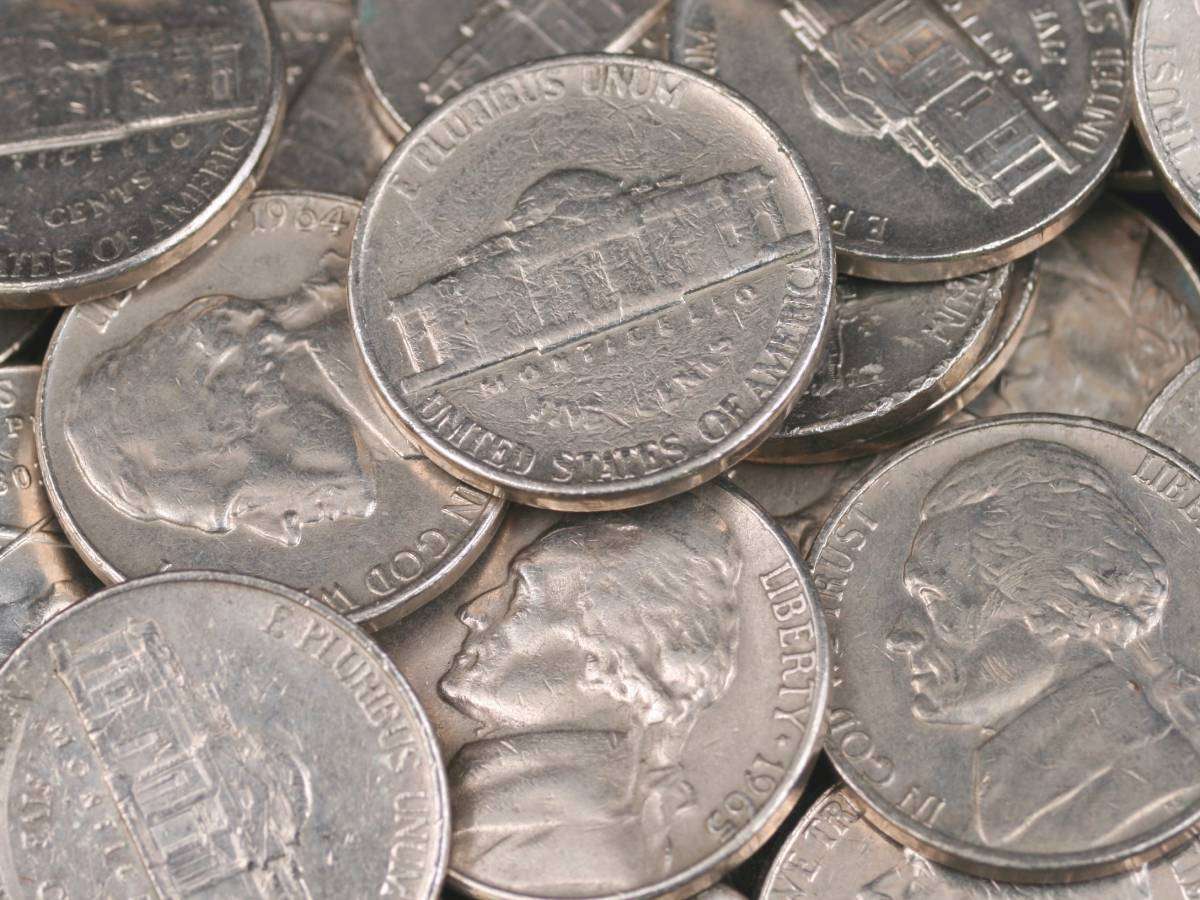
What am I talking about?
Well, get this: Henning nickels are not real… They’re counterfeit!
That’s right, Henning nickels are fakes.
But they have become so well-known over the years that many collectors actually want them. Imagine that — collectible counterfeit coins!
What’s The Henning Nickel Story?
The so-called Henning nickel is named for its creator, Francis LeRoy Henning.
Born in Erial, New Jersey in 1891, he had become a prolific counterfeiter of paper currency — running off bogus $5 bills. Henning was eventually caught, and he served 3 years in prison for his counterfeiting crimes.
Soon after he got out of the pokey in 1939, he was at it again. But this time his focus was downshifted from $5 bills to 5-cent coins that closely resembled Jefferson nickels.
This time, he figured he could get away with the crime of counterfeiting by producing nickels — because they were a small enough denomination and wouldn’t cause too much attention.
Well…
He was serious about this, going so far as to buy a coin press. He stored it in an Erial building he rented under the guise of operating it as Child’s Plastic Moulded Products Company.
First, he created dies for nickels that appeared to be in worn condition. And then he began striking them up on his machine.
What Are The Henning Nickel Dates?
In the 1950s, Henning struck his counterfeit nickels with dates from 5 years.
The Henning nickel years are:
All of the Henning nickels have been found in circulated grades. Therefore, you’re most likely to find them in pocket change. You shouldn’t expect to find any Henning nickels in uncirculated grades (or mint condition).
How To Identify A Henning Nickel
I’ve been keeping my eyes peeled for the Henning nickels ever since I was a kid!
There are a few different “tells” when it comes to spotting counterfeit coins like these. But by far the easiest way to spot a Henning nickel is to look for those dated 1944.
Why look for fake 1944 nickels?
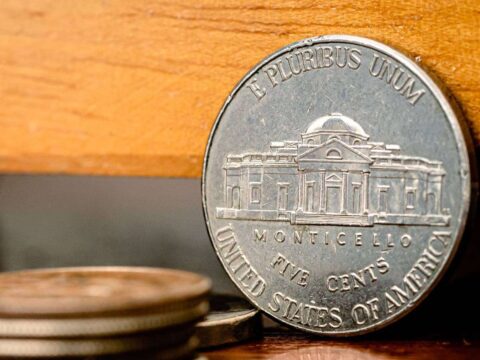
It turns out that Henning neglected to add one important detail to the back side (reverse) of his fake 1944 nickels…
The real 1944 nickel has a large mintmark on the reverse over the dome of Monticello — that building on the back of the Jefferson nickel. However, all of the 1944 Henning nickels lack a mintmark of any kind.
So, if you find a 1944 nickel without a mint mark, you know you’ve got a Henning nickel!
Also, many (but not all) 1944 Henning nickels weigh around 5.4 grams. That’s about 0.4 grams too heavy, compared to a standard 1944 nickel. Other Henning counterfeit nickels register at a more realistic 4.85 grams — which is within the normal tolerances for 1944 nickels and thus would not raise an eyebrow.
If you don’t already have a coin scale, these are the best scales for weighing U.S. coins.
What about the other years of Henning nickels? What should you be looking for on those coins?
People have reported raised dots, blobs, and patches on both sides of many Henning counterfeit nickels. In addition, both 1939 Henning nickels and 1944 Henning nickels have been found with die cracks.
Some also have weakness in the appearance of the left leg in the letter “R” of “PLURIBUS.”
Bear in mind, not all Henning nickels necessarily carry all or any of these traits. So your best bet is to hold aside all 1939, 1944, 1946, 1947, and 1953 nickels you find. Then check them closely to see if any of them have unusual characteristics.
Can I Collect Henning Nickels?
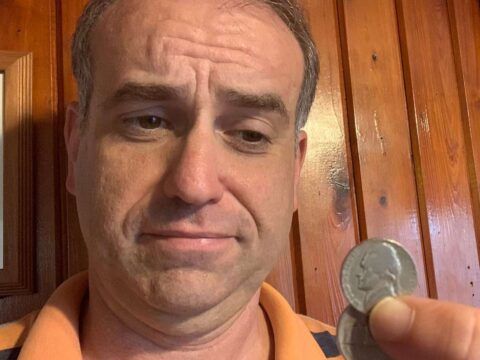
OK, so I’m not a lawyer. I’m a regular coin collector. I say this because we’re talking about fake money.
And, yes, there are people who collect Henning nickels. But, and this is a big but… these are counterfeit coins.
These are the types of things the Secret Service confiscates. My gut tells me you don’t necessarily want to be caught with Henning nickels, know what I mean?
Then again, I haven’t heard much buzz about the government chasing down coin collectors who have these funny coins either.
Only you can decide if you should be pursuing Henning nickels as a collectible! But they certainly do sound cool because of their colorful backstory.
What Is A Henning Nickel Worth?
The crazy thing about Henning nickels is they’re worth money — which is odd, given that they’re counterfeit coins! But, again, people do collect them.
And they’re relatively rare.
It’s unclear exactly how many Henning nickels were made. However, we do know that Henning made hundreds of thousands of these counterfeit nickels!
After the authorities were on to him, he started throwing thousands of them into rivers, creeks, and other hiding places to get rid of the evidence. Ultimately, he lost money making these counterfeit coins — due to the cost of the metal and the cost to produce such coins, not to mention the cost of paying the fines levied against him.
Those who find these fake nickels today stand to make some significant money. Henning nickel values range from about $50 to $100 apiece:
- The 1944 Henning nickel is regarded as the most common since it’s the easiest to spot, and it’s usually valued closer to $50.
- The rarer Henning counterfeit nickels dated 1939, 1946, 1947, and 1953 tend to have higher values in the $100 neighborhood.
Just think twice before buying, selling, or having anything to do with these counterfeit coins… They’re fun to talk about among collectors. But they may not be much fun to talk about with the Secret Service!


